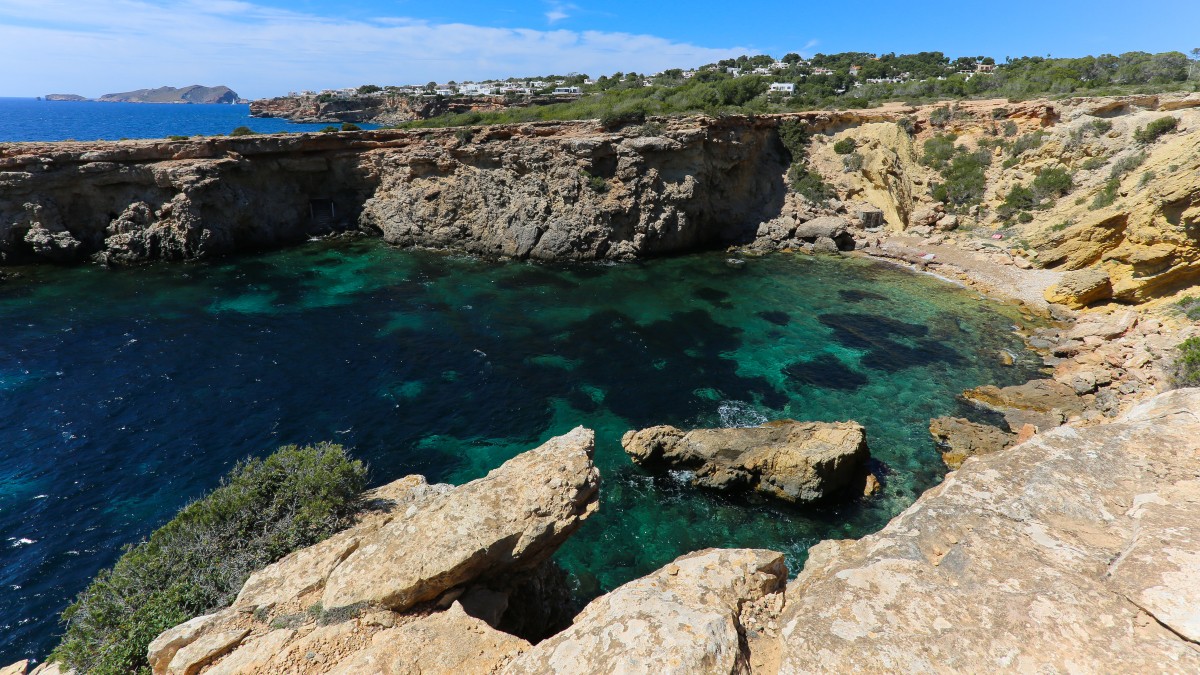
Veterinary medicine, leaves decoction given orally to cure tympany leaf extract applied in boils, blisters, ulcers and wounds.) Leaves and roots antiphlogistic, purgative, anthelmintic, antipyretic, emmenagogue, analgesic, deobstruent, antimicrobial, antirheumatic, used to treat ulcer, syphilis, sores, vitiligo, worm infection leaf juice to reduce swelling, in rheumatism leaf juice boiled in castor oil applied for fracture and snakebite. 1963Ĭadaba fruticosa (L.) Druce ( Cadaba fruticosa Druce Cleome fruticosa L.) 1775 and Botanische Jahrbücher für Systematik, Pflanzengeschichte und Pflanzengeographie 53: 227. Shrub, herb, succulent, stem cream, densecrowned, leaves glaucous, flower pale green yellowish, exocarp pale green, endocarp orange In Tanzania: endamologi, eren, ereng, kaningwa, larasoro, luharamira, mchachale, mpambue, ol ameloki, ol jani el sirgon, sangwa sangwaĬadaba farinosa Forssk. In Senegal: azrom, balamji, bere kuna, demadugu, gavargi, kesebere tamba, n-debarka, ndebaré, ndebarga, ndebargé, ndegareg, ndegarek, nogu, sinsin, sinsini, szrom, tensen, tomani, tsinsini, zerom, zrum

In Nigeria: anza, bagaji, bagayi, balamji, baldamhi, beelidamhi, beldamhi, bultù, dangarafa, guno, hadza, handja, hanza, surreih In Niger: abago, abogu, bagahy, bagaie, bagayi, bagey, balamji, gursimé, harikanelifi, harkanelifi, hassu ueil, marga, tchuma, ugar, uggar In Mali: abago, azrom, balamji, hassu ueil, kwemkwemini, minzin, to-magny, uggar In Kenya: arerenion, eren, ereng, kalkacha hare, larasoro, luharamira, mchachale, orosoro In Guinea: berekunan, kesebere tamba niogu, quinquemini In East Africa: kibalazi-mwitu, mvunja-vumo, ol-amalogi In Arabic: asal, el bejad, korraeb, saerah, toraeb Veterinary medicine, roots and leaves used to treat anthrax in cattle.) Magic, ritual, charm, superstition, good luck, marriage. Roots infusion used for protection against sexually transmitted diseases.
#Quaqua cala culture skin
(Leaves analgesic, antiviral, antirheumatic, antiphlogistic, antiscorbutic, tonic, stimulant, astringent, antihelmintic, purgative, antidote against food poisoning, emmenagogue leaves decoction for gonorrhea ground leaf powder for ulcers and skin complaints. 1790 and Journal of Ethnopharmacology 35: 25–63. Slender shrub, weak, tangled, spreading, many-branched from the base, densely twigged, arching branches, yellow-green flowers, cylindrical pods, black seeds surrounded by orange aril, leaves and young twigs edible, pounded leaves cooked in couscous, bark eaten with cereals, edible fruit, plant browsed by all stock Stroemia farinosa (Forssk.) Vahl)Įast and West Africa, Yemen. In South Africa: bloustam, bobbejaanarm, swartstormĬadaba farinosa Forssk. In English: black storm, desert broom, leafless wormbush Moist powdered plant applied as a poultice to draw boils and abscesses.) Roots potentially poisonous, roots strongly purgative, an overdose might be toxic. Exell and Hiram Wild, on behalf of the editorial board. 1868 and Flora Zambesiaca: Mozambique, Federation of Rhodesia and Nyasaland, Bechuanaland Protectorate.

Shrub, evergreen and leafless, spiky stems, tangled, dense, twigs spinescent, deep red to yellow glandular flowers, warty sticky fruits, small black seeds covered with a sticky bright orange pulp, only younger branches browsed by game and livestock, frost and drought resistant Cadaba juncea Szyszył Cadaba juncea (Sparrm.) Harv. Different Cadaba species were reported to contain alkaloids and sesquiterpene lactones some Cadaba species were reported as toxic plants.Ĭadaba aphylla (Thunb.) Wild ( Cadaba juncea Harv.

Copenhagen 1775, Genera Plantarum 242–243. The Arabic common plant name kadhab, for Cadaba rotundifolia Forssk., collected in Yemen, Al Luhayyah, Jan.


 0 kommentar(er)
0 kommentar(er)
